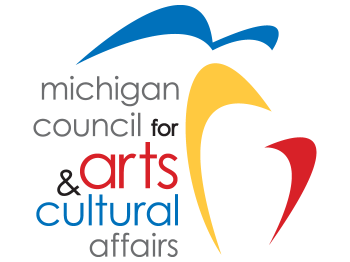To address the need for access to fresh produce in underserved urban communities, Grand Rapids Community Foundation has awarded a $150,000 grant to Fair Food Network’s Double Up Food Bucks program. The program will encourage food stamp recipients in Grand Rapids to eat healthier.
Under the program, when Michigan-grown fruits and vegetables are bought at participating farmer’s markets using food stamps, the purchaser will receive an equal number of Double Up tokens, which can be used to buy Michigan-grown fruits and vegetables. As an added benefit, area farmers will experience increased revenue from the over 100,000 pounds of fresh produce expected to be sold through the program.
Fair Food Network’s 2009 Healthy Food for All report examined barriers to healthy diets in low-income neighborhoods and found that high cost and limited access, more than any other factors, determined fruit and vegetable consumption.
Current federal food assistance programs, while providing increased funds for groceries, do not address the need for healthier food and better nutrition. In fact, only about 20 percent of the stores eligible to accept food stamps nationwide are categorized as grocery stores or supermarkets by USDA – the rest are primarily corner stores and gas station convenience stores with limited offerings of fresh produce.
USDA studies have also shown that if the goal is healthier eating habits, providing financial incentives has a greater impact than nutrition education or simply increasing the amount of a food assistance allotment.
This is Community Leadership.
By providing match funding for this project, the Community Foundation leverages both local and national funding to bring this benefit to our community. In addition, this demonstration project will be used to influence USDA policy and to encourage changes in the food stamp system which will further promote healthier eating.
Grand Rapids Community Foundation leads Kent County in making positive, sustainable change. With its endowment, the Grand Rapids Community Foundation supports local nonprofits, leads significant social change and helps donors achieve their philanthropic goals. For more information, please visit www.grfoundation.org
The Rapidian, a program of the 501(c)3 nonprofit Community Media Center, relies on the community’s support to help cover the cost of training reporters and publishing content.
We need your help.
If each of our readers and content creators who values this community platform help support its creation and maintenance, The Rapidian can continue to educate and facilitate a conversation around issues for years to come.
Please support The Rapidian and make a contribution today.


Comments
Thanks for supporting such a worthwhile endeavor! I do have one question, though. This may be more of a Fair Food Network programmatic question, but what is the purpose of the identifiably different "double up" token other than to put participants in a special "hey look at me, i'm on state assistance" purchaser class?
Why not just give double the amount of regular coins?